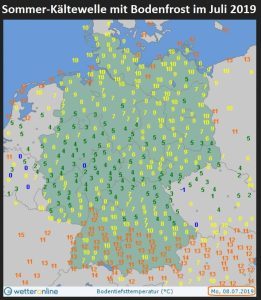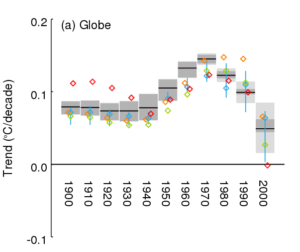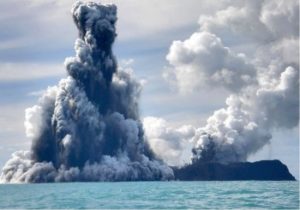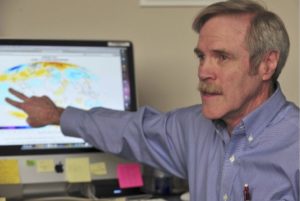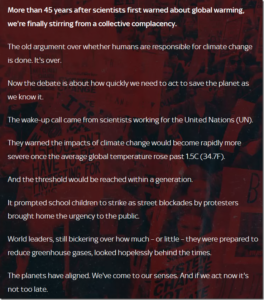by Anthony Watts, July 14,2019 in WUWT
In the first part of a new video series, I give an outline of Chapter One of Climate Change Reconsidered II: Fossil Fuels, which covers environmental economics. I explain the role of economics in protecting the environment. In a nutshell, it’s this: economic prosperity gives humans the time to care about the environment. Otherwise it’s just a day-to-day battle for survival.
…
Climate Change Reconsidered II: Fossil Fuels assesses the costs and benefits of the use of fossil fuels (principally coal, oil, and natural gas) by reviewing scientific and economic literature on organic chemistry, climate science, public health, economic history, human security, and theoretical studies based on integrated assessment models (IAMs). It is the fifth volume in the Climate Change Reconsidered series and, like the preceding volumes, it focuses on research overlooked or ignored by the United Nations’ Intergovernmental Panel on Climate Change (IPCC).
…
Additional background information about Climate Change Reconsidered II: Fossil Fuels is available at these links:
Message from the Coauthors (2-page PDF)
About the Coauthors (1-page PDF)
About NIPCC (1-page PDF)
Impact of Fossil Fuels on Human Health (full-color graphic, PDF)
Complete background package (5-page PDF)


